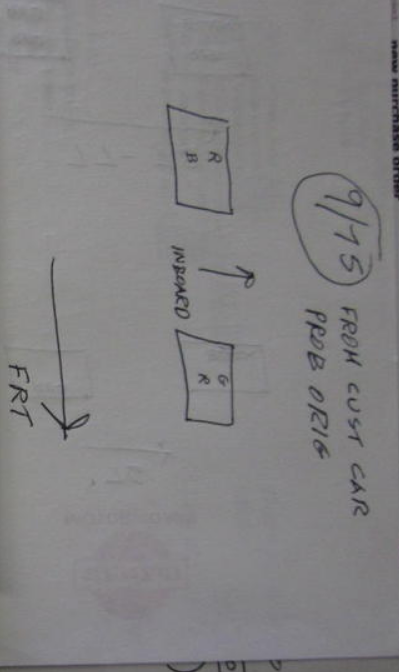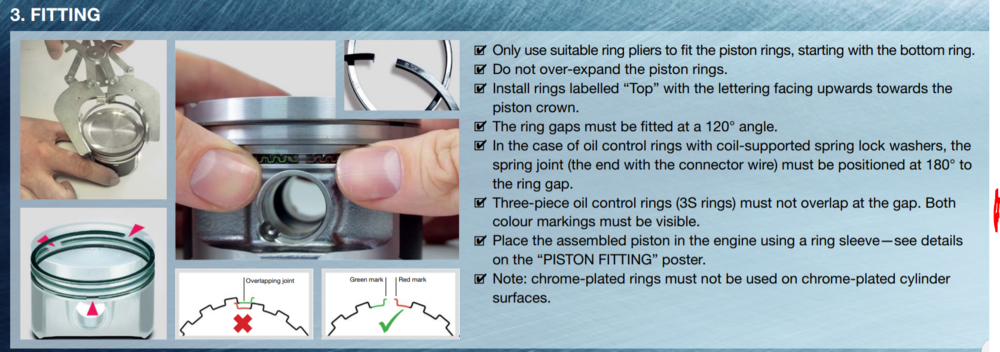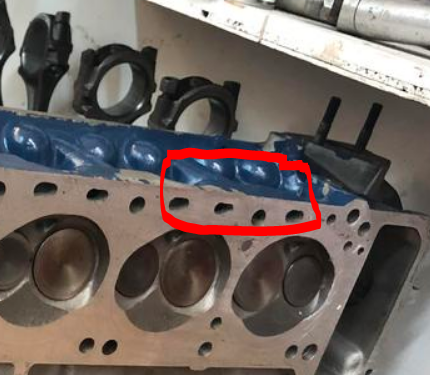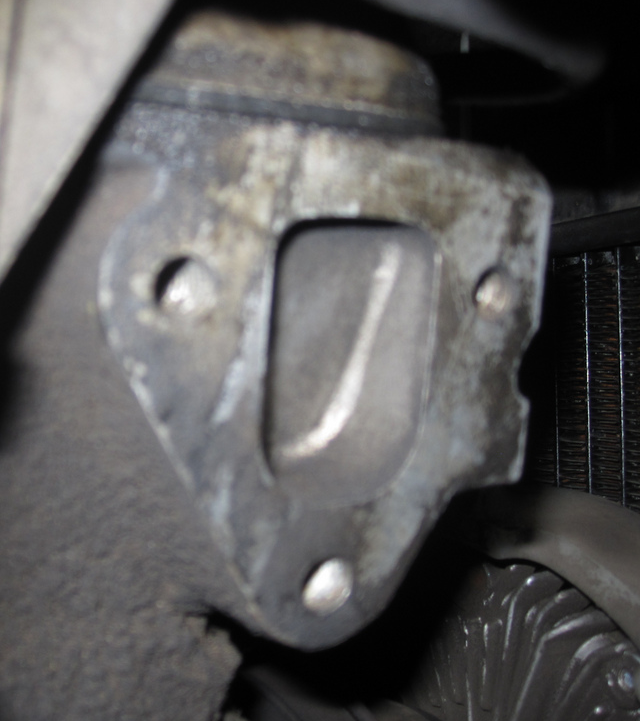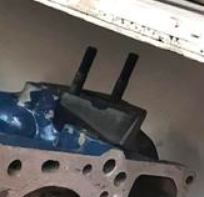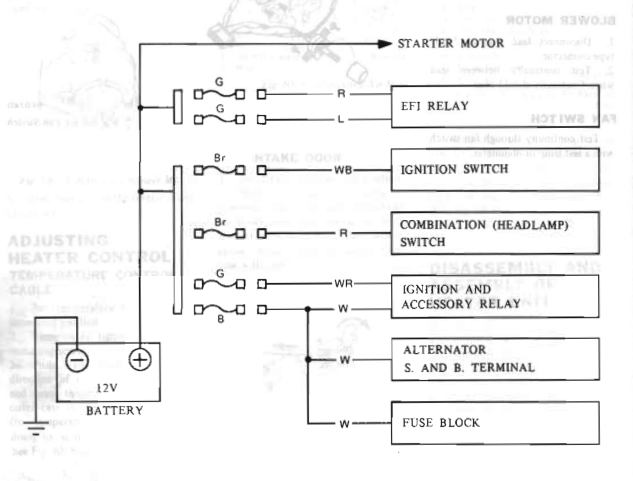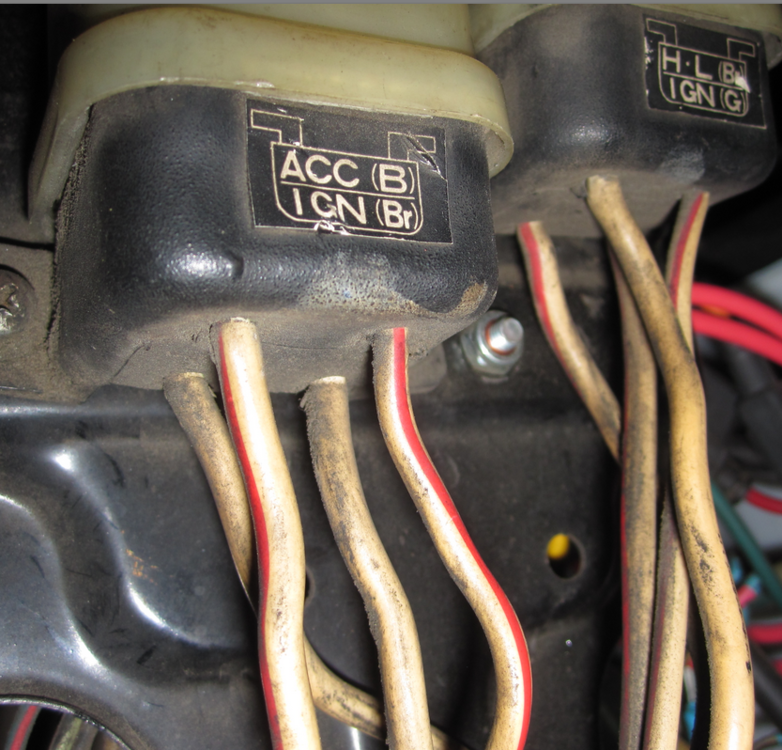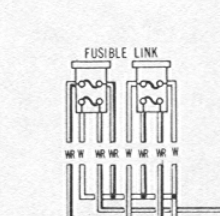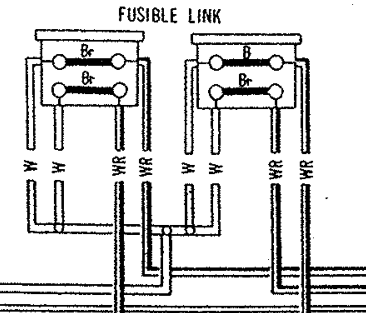Everything posted by Zed Head
-
Help! Rats chewed through mystery relay 260z
This would include the carbs. You could probably hear it run with starting fluid but if you want it to keep running, idle, and rev, there will be some cleaning to do.
-
Help! Rats chewed through mystery relay 260z
Make sure the wires aren't shorted together and the engine should run without it. It is not mission-critical. Good luck. How about a bigger picture of that desert relic? @bret2094
-
1976 280z engine runs rough then dies, will not idle.
Is that with a full battery charge? Weird that you had high readings before. Your previous high readings could really only come from having pressure on the vacuum line instead of vacuum, or because your pump in the reading here, above, has low voltage and is runnng slow. Another test would be to disconnect the vacuum line and start the engine. Rev it up a little bit to be sure that you have full voltage. If it's a voltage issue pressure will rise. Then reconnect the vacuum line and reconfirm the high readings that you had before.
- 280Z fusible links
- 280Z fusible links
- 280Z fusible links
-
Braking System Rehaul?
If they've been working fine and this happened suddenly then it sounds like an MC seal has failed. You didn't give much detail. Don't hurt your foot slamming the pedal. You left out calipers and wheel cylinders. Your brake lines are probably okay, they seem to last, despite the rust happening around them. While you have the rotors off you might check your wheel bearings. Pretty easy to change. Also, if you have decent auto shops nearby you might be better off to have the rotors and drums turned, instead of replaced. Some people think that new is better, but, especially with the aluminum drums, that's not always the case. NAPA tries to hang on to their in-house machine shops so might be a good start. I had some rotors turned there and they did good work.
-
280Z fusible links
Your 9/75 drawing is interesting. It mimics what the FSM diagrams show, with the B(lack) link in the back. But my 1/76 car has the link blocks reversed with the B-R block in front, as I showed in my earlier pictures. You can't really swap the blocks by accident either because the wires harness are cut and bent to length. They kind of fall in to place even if you unscrew the link blocks. Of course, it might be that on the manufacturing line they bolted the blocks either front or back willy-nilly. Who knows. Or...somebody put the links in the wrong places on your customer car. Did you look at the labels on the blocks, or just the links? You used "Red" so I assume just the links.
-
Trying to get my 1973 Fairlady (RHD) back on the road
The red and green are meant to be visible. The parts that need collapsing are the two scraper rings, top and bottom. Shouldn't really be affected by the red and green middle spacer. Maybe they're the wrong rings. Easily test-fitted in the cylinder before installing on the piston. Odd problem. https://www.mahle-aftermarket.com/media/media-global-&-europe/products-and-services/engine_components/piston_ring_sets/en_kolbenringe_poster_a1_final.pdf
-
Am I sporting a vac leak?
Some time frame would help. Did all of this happen in one day? You said it went away but came back.
-
280Z fusible links
If the red ones with no markings are thicker, overall, than the Yazaki parts, but still 0.3, then logic would say that a green one with no markings that is thinner than the 0.3 red one might be less than 0.3. No marks, no knowing, unless you measure the wire itself. Logic says. No offense intended. The red links are a big (thick) wrench in the works. They are nicely made though, soldered ends and everything.
-
Dealership ZX
Why not? Ask for a drive.
-
Trying to get my 1973 Fairlady (RHD) back on the road
Forgot to ask also, does it have flat tops or dished pistons? It "should" have dished if it's a US market 280Z engine. Take a picture of the top of the block if you can. If it's built for racing you might not be able to get much out of it on pump gas. Might want to have it reset for street driving.
-
Trying to get my 1973 Fairlady (RHD) back on the road
So it sounds like the mechanic was was right or partially right. If you look even more closely at the head it looks like it's been shaved, the combustion chambers aren't round. It might not be a typical "L28" head. Maybe an E88,which was a popular head for modifying, with a cam swap to a later self-oiling cam. The cam towers might already be blocked off if it's been running after it was rebuilt. Look at the bottom edge of the head right about where I circled in the picture below and you should see a letter and two numbers cast in to the head. E88 or N42 are most likely.
-
1976 280z engine runs rough then dies, will not idle.
You ended up with 1/2 instead of 2/1.
-
1976 280z engine runs rough then dies, will not idle.
This is your next #1 thing to do. The whole EFI system is based on a certain fuel pressure.
-
Trying to get my 1973 Fairlady (RHD) back on the road
Or it might just have had a cam swapped in. My 78 head number is 247788. Yours is earlier. Could be a 75 or 76 US market head head which still had the spot for the pump, but used the spray bar (oil tube). Or a 77 head, which was the transition year.
-
Trying to get my 1973 Fairlady (RHD) back on the road
I wonder if that's a non-US market L28. They kept carbs in the rest of the world for quite a few years after the US market went to EFI. You have the mechanical fuel pump mounts, for carb'ed engines, along with the self-oiling camshaft that came in about 1977 in the US market. Here's a picture of the boss for the pump, but unmachined, on a 1978 US market engine. A snip from your picture follows.
- 280Z fusible links
- 280Z fusible links
- 280Z fusible links
-
260z and 280z same Birthday
So Frankenstein found his car's fraternal twin. Dizygotic! (Found that when I Googled to be sure).
-
280Z fusible links
As EuroDat noted I can only count to two apparently. There are three white wires. I'll go out and count wires on my car soon just for fun and comparisons to the diagram. And, for reference and confirmation, I have a bona fide paper 1976 FSM and the black and white diagram matches the one in the back of the book, as far as this little snippet. It's weird that they don't have some sort of year ID on the legend. They do feel confident about the drawing though.
-
280Z fusible links
It's the connector wire between the fusible link and the battery. Shown in the diagram. There's a black one too, but it connects directly to the harness. Both harness connection wires are red (edit - screwed up statement about connectors here). If the ends get damaged you can't tell which is which.
- 280Z fusible links





